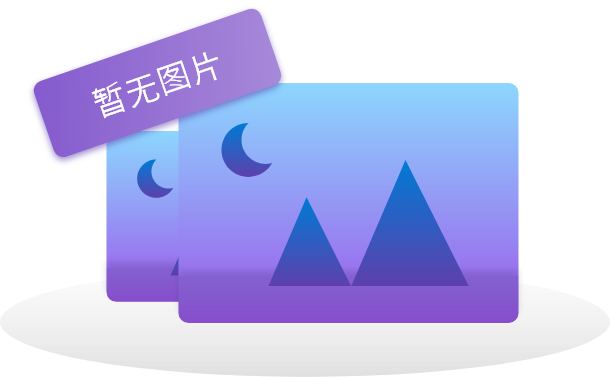java 代码异步执行_Java实现异步调用
一、创建线程
@Testpublic void test0() throws Exception {System.out.println("main函数开始执行");Thread thread =new Thread(new Runnable() {@Overridepublic void run() {System.out.println("===task start===");try {Thread.sleep(300);} catch (InterruptedException e) {e.printStackTrace();}System.out.println("===task finish===");}});thread.start();System.out.println("main函数执行结束");}二、Futurejdk8之前的实现方式,在JUC下增加了Future,从字面意思理解就是未来的意思,但使用起来却着实有点鸡肋,并不能实现真正意义上的异步,获取结果时需要阻塞线程,或者不断轮询。@Testpublic void test1() throws Exception {System.out.println("main函数开始执行");ExecutorService executor = Executors.newFixedThreadPool(1);Future future =executor.submit(new Callable() {@Overridepublic Integer call() throws Exception {System.out.println("===task start===");Thread.sleep(5000);System.out.println("===task finish===");return 3;}});// 这里需要返回值时会阻塞主线程,如果不需要返回值使用是OK的。倒也还能接收//Integer result=future.get();System.out.println("main函数执行结束");System.in.read();}
三、CompletableFuture
使用原生的CompletableFuture实现异步操作,加上对lambda的支持,可以说实现异步任务已经发挥到了极致。
// 两个线程的线程池ExecutorService executor = Executors.newFixedThreadPool(2);// jdk1.8之前的实现方式CompletableFuture<String> future =CompletableFuture.supplyAsync(new Supplier<String>() {@Overridepublic String get() {System.out.println("开始执行任务!");try {// 模拟耗时操作Thread.sleep(20000);System.out.println("我是一个特别耗时的任务");} catch (Exception e) {e.printStackTrace();}return "耗时任务结束完毕!";}},executor);// 采用lambada的实现方式future.thenAccept(e -> System.out.println(e + " ok"));System.out.println("不等上面了,我先跑了"); //
四、Spring的Async注解
使用spring实现异步需要开启注解,可以使用xml方式或者java config的方式。
xml方式:pool-size="2" 线程池的大小queue-capacity="100" 排队队列长度keep-alive="120" 线程保活时间(单位秒)rejection-policy="CALLER_RUNS" 对拒绝的任务处理策略 />java方式:@EnableAsyncpublic class MyConfig {@Beanpublic TaskExecutor executor(){ThreadPoolTaskExecutor executor=new ThreadPoolTaskExecutor();executor.setCorePoolSize(10); //核心线程数executor.setMaxPoolSize(20); //最大线程数executor.setQueueCapacity(1000); //队列大小executor.setKeepAliveSeconds(300); //线程最大空闲时间executor.setThreadNamePrefix("fsx-Executor-"); //指定用于新创建的线程名称的前缀。executor.setRejectedExecutionHandler(new ThreadPoolExecutor.CallerRunsPolicy());return executor;}}(1)@Async@Testpublic void test3() throws Exception {System.out.println("main函数开始执行");myService.longtime();System.out.println("main函数执行结束");}@Asyncpublic void longtime() {System.out.println("我在执行一项耗时任务");try {Thread.sleep(5000);} catch (InterruptedException e) {e.printStackTrace();}System.out.println("完成");}(2)AsyncResult如果需要返回值,耗时方法返回值用AsyncResult包装。@Testpublic void test4() throws Exception {System.out.println("main函数开始执行");Future future=myService.longtime2();System.out.println("main函数执行结束");System.out.println("异步执行结果:"+future.get());}@Asyncpublic Future longtime2() {System.out.println("我在执行一项耗时任务");try {Thread.sleep(8000);} catch (InterruptedException e) {e.printStackTrace();}System.out.println("完成");return new AsyncResult<>(3);}





























还没有评论,来说两句吧...